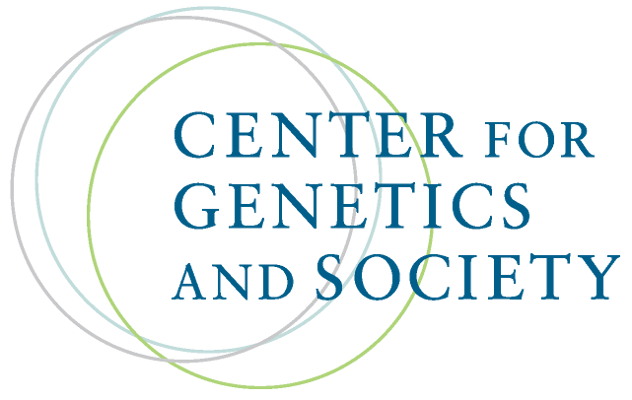How gene therapy is emerging from its ‘dark age’
By Gemma Conroy,
Nature
| 12. 14. 2022
In a landmark 1972 paper1, physician Theodore Friedmann and biochemist Richard Roblin foresaw a future in which DNA could be manipulated to help treat human genetic diseases. But they cautioned that it should remain off-limits until the field gained a firmer grasp of genetic processes in cells, their relationship to disease and the potential side effects of treatments.
Over the following years, scientists began to remove these obstacles, and in 1990 achieved a major breakthrough when a four-year-old girl with a form of severe combined immunodeficiency disease was successfully treated in a clinical trial2. This ushered in a decade of high hopes and bold promises.
But the afterglow of that early achievement proved short-lived, as a labyrinth of technical challenges emerged. A common gene-therapy approach involves delivering a healthy gene to cells that have only defective copies in their genetic libraries. Once inside, the therapeutic gene instructs the cells to manufacture functional proteins instead of faulty ones. One difficulty has been making sure a treatment gene zeroes in on the correct cells in the right tissue, and is shuttled into...
Related Articles
By Mary Annette Pember, ICT News [cites CGS' Katie Hasson] | 04.18.2025
The sight of a room full of human cadavers can be off-putting for some, but not for Haley Omeasoo.
In fact, Omeasoo’s comfort level and lack of squeamishness convinced her to pursue studies in forensics and how DNA can be...
Gray wolf by Jessica Eirich via Unsplash
“I’m not a scarcity guy, I’m an abundance guy”
– Colossal co-founder and CEO Ben Lamm, The New Yorker, 4/14/25
Even the most casual consumers of news will have seen the run of recent headlines featuring the company Colossal Biosciences. On March 4, they announced with great fanfare the world’s first-ever woolly mice, as a first step toward creating a woolly mammoth. Then they topped that on April 7 by unveiling one...
By Katrina Northrop, The Washington Post | 04.06.2025
photo via Wikimedia Commons licensed under CC by 3.0
China's most infamous scientist is attempting a comeback. He Jiankui, who went to jail for three years after claiming he had created the world's first genetically altered babies, says he remains...
By Anumita Kaur [cites CGS’ Katie Hasson], The Washington Post | 03.25.2025
Genetic information company 23andMe has said that it is headed to bankruptcy court, raising questions for what happens to the DNA shared by millions of people with the company via saliva test kits.
Sunday’s announcement clears the way for a new...




